How to Thrift an Art Deco Aesthetic — A Vintage Expert Shares How to Know the "Real Deal" From a Knock-Off
Even though it's 100 years old, Art Deco still feels undeniably *now*. Here's how to claim a piece of the classic style for yourself
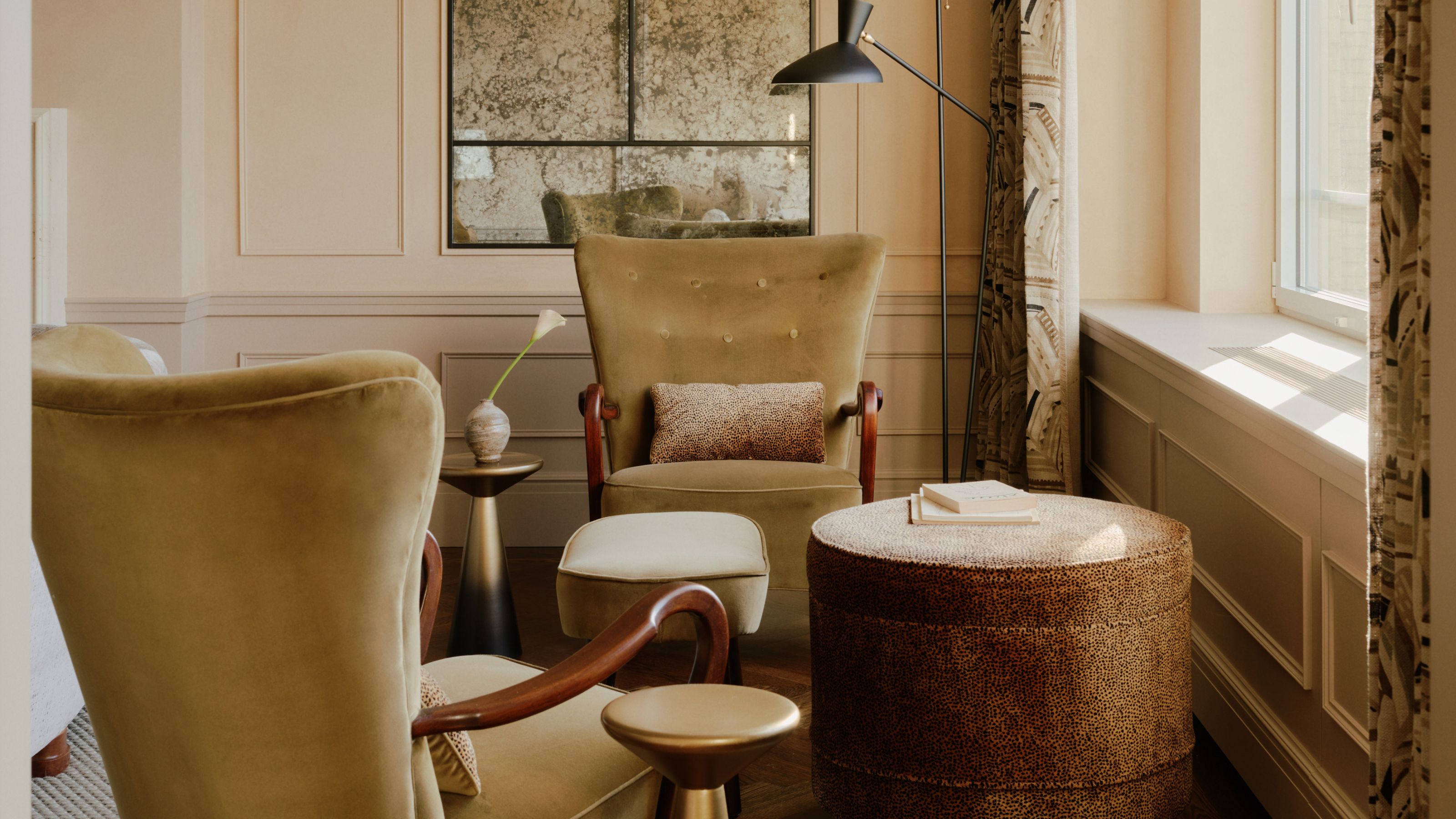

It’s been 100 years since the height of all things Art Deco and yet, the aesthetic feels more modern than ever. It was the era of all things luxe, glam, and over-the-top — but it married those elements with a nod to industrialization.
Iconic Art Deco furniture styles like bookcases weren’t just offering storage for books, they were making a statement on development and urbanization, climbing upwards in a nod to the skyscrapers of the time.
At a moment when just about everything seems politically charged, Art Deco feels very now, particularly for something that's a century old. And while most pieces will cost you a pretty penny, it is possible to come across something made in the 1920s for less, if you know how to thrift like an expert, that is. Here's how to do it.
1. Know Where to Look For Art Deco Furniture
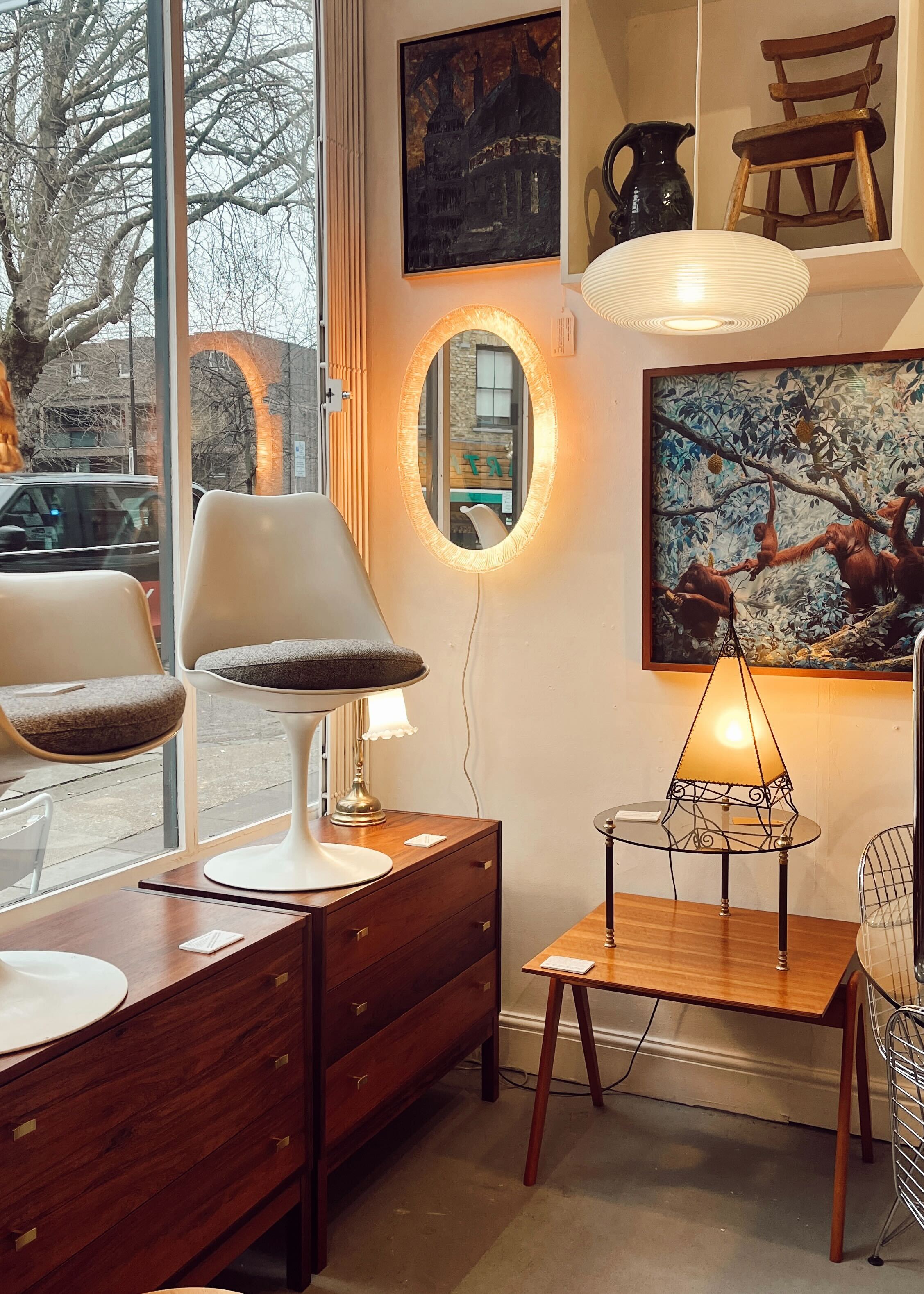
There are certain cities and places that are famous for sourcing Art Deco style furniture.
Nick Dawes, senior vice president of special collections at Heritage Auctions, recommends going straight to the source: France.
“I strongly recommend a French flea market,” says Nick, specifically calling out Marche Puces à Saint Ouen for its Art Deco furniture finds. “If you want to spend more money, shop on the south bank [of the Seine River] where you can find the very best of Art Deco — Émile-Jacques Ruhlmann and Albert Cheuret and designers like that.”
He adds that two particular streets in Paris — Rue Bonaparte and the Rue de Seine — are home to some “half-a-dozen top drawer Art Deco dealers.”
But remember, American designers also made Art Deco furniture, lighting, and more — and examples of these can be found everywhere from upscale vintage marketplaces, like Chairish and 1stDibs, to — if you’re lucky — your local thrift store or estate sale.
The Livingetc newsletters are your inside source for what’s shaping interiors now - and what’s next. Discover trend forecasts, smart style ideas, and curated shopping inspiration that brings design to life. Subscribe today and stay ahead of the curve.
Nick Dawes is the senior vice president of special collections at Heritage Auctions. He has over forty years of experience in the antiques and fine art auction industry and has been a faculty member of Parsons School of Design since 1984. When it comes to the history of design movements, there's no one better to ask.
2. Know How to Mix Art Deco With a Modern Interior
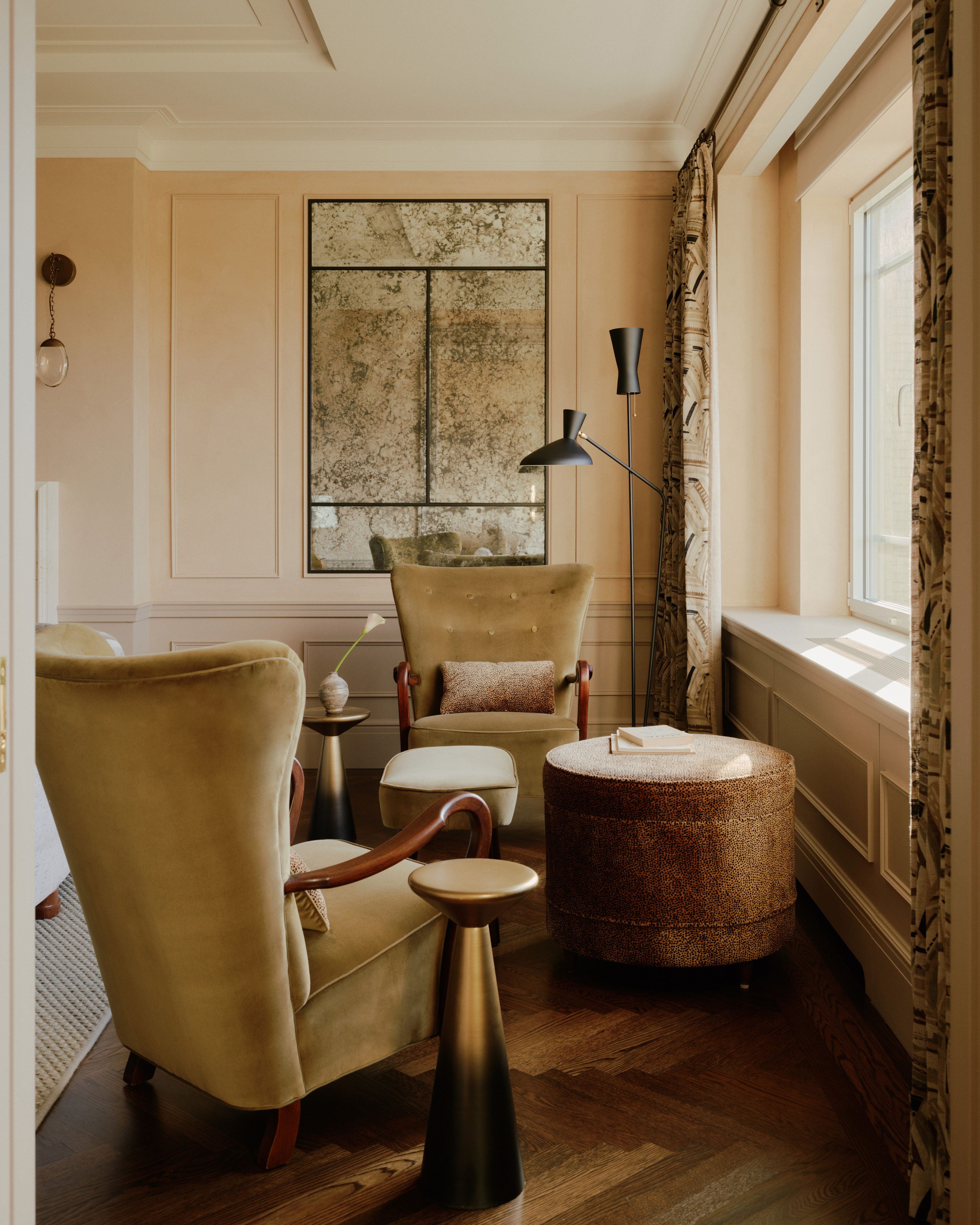
Styling an Art Deco aesthetic these days is all about blending the opulence of the era with more pared-back styles.
To avoid creating an aesthetic that feels overly heavy or too 'thematic,' lean into a more modern style known as New Deco, by adding smaller Art Deco flourishes instead. 1stDibs' editorial director and director of fine art, Anthony Barzilay Freund, says Art Deco lighting “is one of the most glamorous ways to incorporate the style into an interior.”
In particular: “Look for chandeliers, pendants, and sconces, often in frosted and molded glass with stylized geometric and floral patterns, and nickel or iron frames," he says. "Alabaster pendants were also popular during this period.”
Nick Dawes adds that, because French Art Deco is often so ornate, one way to get the look in a modern way is to shop for American designers, instead, who created furnishings in the 1920s that were more industrial and made with less expensive woods and materials.
3. Know the Sort of Pieces to Look For
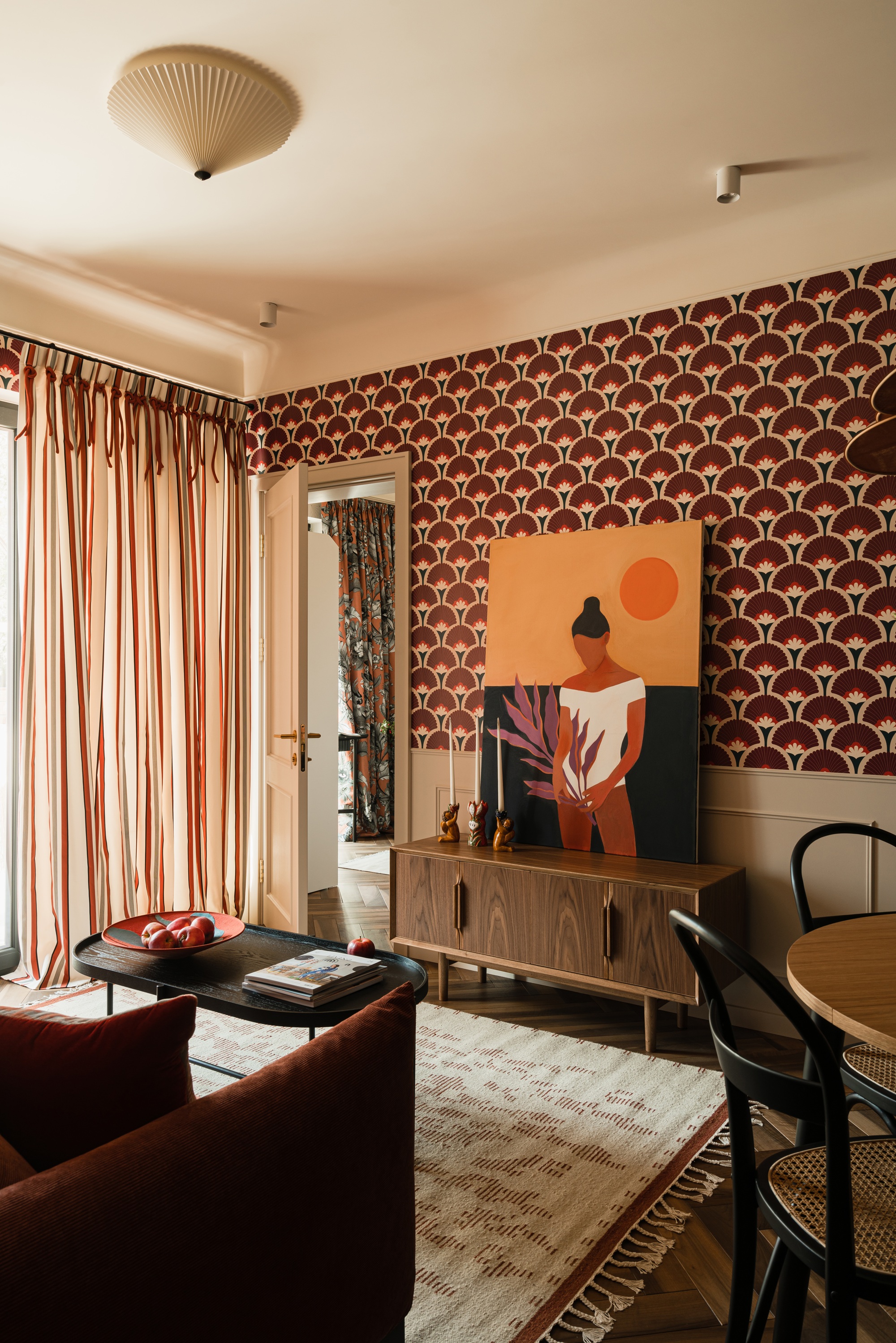
There are certain pieces that feel iconic to the Art Deco era and will help capture its essence in your space.
The most celebrated Art Deco designers embraced luxurious materials and created furniture and decorative accents with a close attention to fine craftsmanship.
Anthony recommends that for those wanting to thrift an Art Deco aesthetic, look out for “geometric designs and stylized organic and floral motifs” — materials like exotic hardwoods (think ebony and jacaranda), parchment, wrought iron and alabaster — and flourishes like lacquer-work and inlays of precious mother-of-pearl and eggshell.
And if it's furniture you're after in particular, look for exotic hardwoods “finished with a fine, French polish,” he says. “Look for pieces that show a decorative grain, like macassar ebony, jacaranda, or burlwood accents, and silhouettes that are streamlined, often incorporating rounded forms and curves where one might expect a right angle.”
Anthony Barzilay Freund is the editorial director and director of fine arts at 1stDibs. Prior to this position, he was the editor-in-chief at Art+Auction, and has also helmed the arts and culture section of Town & Country. When it comes to understanding the history of a particular design movement, Anthony has a wealth of knowledge, and a passion for storytelling unlike most others.
4. Be Able to Recognize the Real Deal
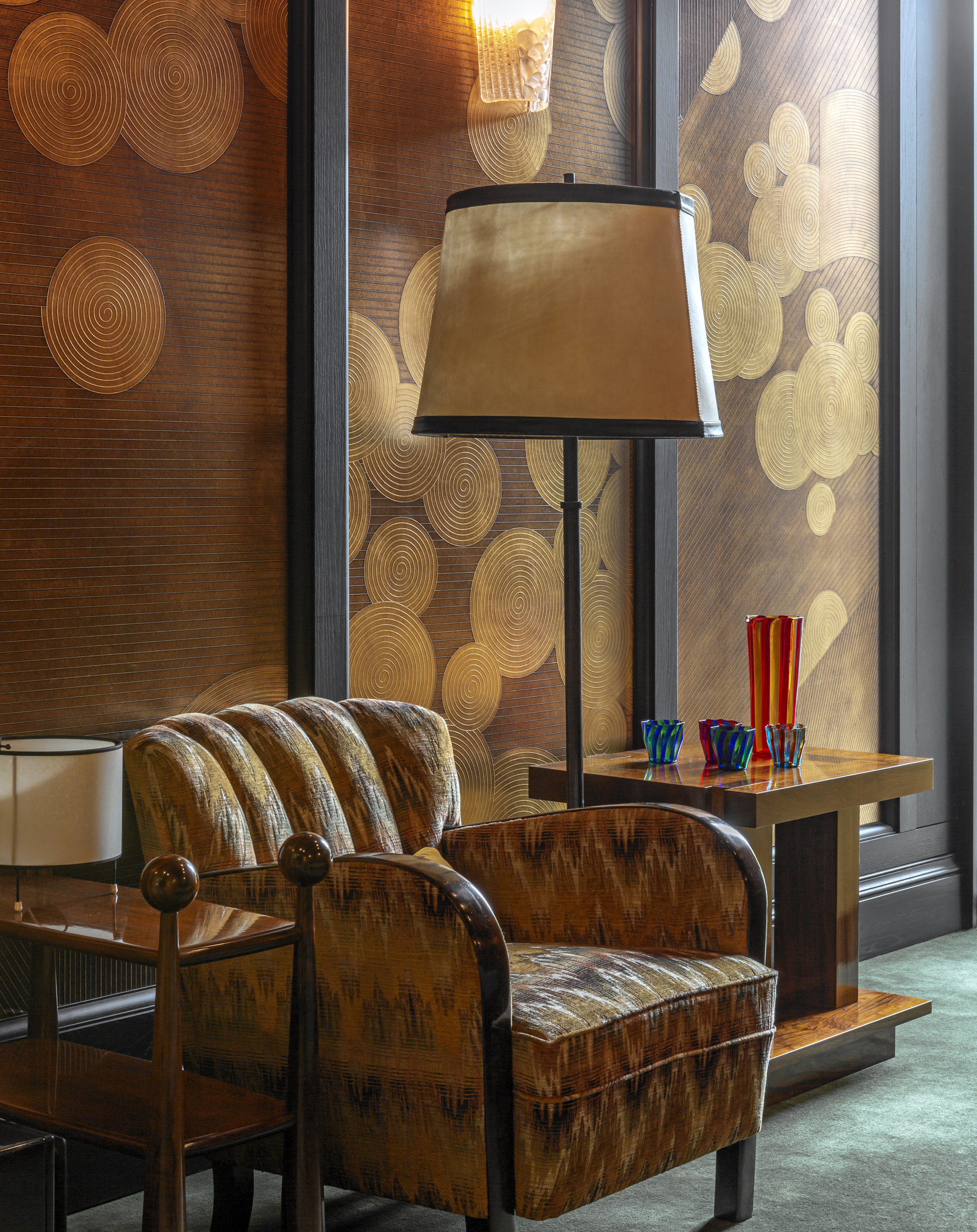
As such an influential design movement, it went on to inspire the next century of furniture-making, so it's important to know what's real and what's a rendition.
One word of advice for the neophyte is to be aware of reproductions, says Nick Dawes. And while some reproductions are high-quality (like those actually produced in the 1920s), many of the more recent copies are not as valuable and won’t necessarily stand the test of time.
“In the 1970s and 80s, there was an Art Deco revival, and a lot of furniture from the time was reproduced,” he notes. “You could be looking at something that looks like a great piece of Art Deco that is actually made in the 1980s.”
The best way to determine whether something is the real deal is to look at the small details — the joints of a drawer, or any markings etched onto glass or carved into wood.
“If the quality isn’t there, you’ll be able to tell by looking at it — by the way it’s made, the way it’s finished,” Nick adds.
While it's important to know what to look for when thrifting an Art Deco aesthetic, it's ultimately always about picking pieces you feel naturally drawn to.
Perhaps you thought what you wanted was Art Deco, when it was in fact, actually Art Nouveau. Did you know there was a difference?

Virginia Chamlee is a longtime writer, artist, antiques dealer, and the author of the best-selling book, Big Thrift Energy. She's been collecting and selling vintage furniture and home decor for the better part of a decade now. Her home has been published in numerous interiors publications, for which she also contributes to as a design writer. In her spare time, she also publishes a regular Substack newsletter all about shopping for and styling vintage pieces in your home, called What's Left.